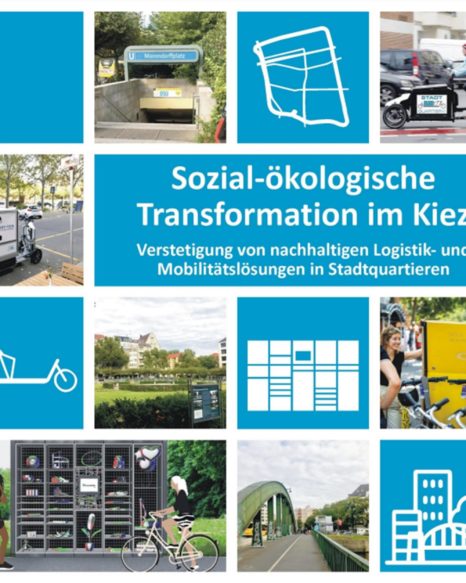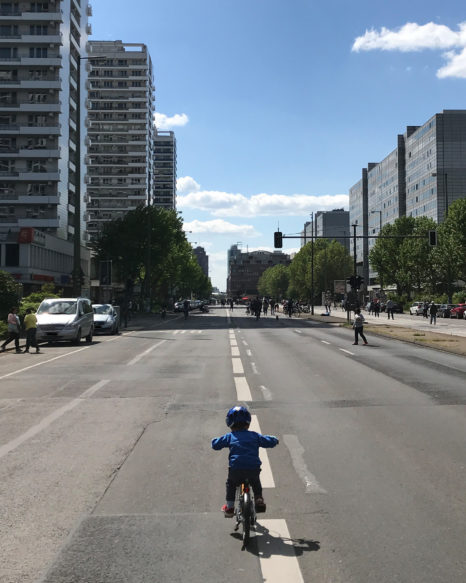The COVID-19 pandemic has drastically changed mobility behaviour. Many trips have been reduced due to the restrictions in everyday life, public transport has been shunned as a common means of transport, and in its place, there has been a shift to the private car as well as to walking and cycling. This article first analyses the developments and impacts of the pandemic on mobility. It then shows which new pathways transport policy and administration are taking to cope with the crisis.
The Berlin Mobility Act (MobG BE) has raised great expectations for a rapid transformation of the capital into a people- and environmentally-friendly mobility space. This paper reviews progress in four areas of action.
Im NaMo-Forschungskolloquium werden Forschungsarbeiten aus dem Bereich der sozialwissenschaftlichen Mobilitätsforschung vorgestellt und gemeinsam konstruktiv-kritisch diskutiert. Bei laufenden Forschungsarbeiten liegt der Schwerpunkt auf Fragen der geplanten theoretischen und methodischen Herangehensweise, sowie...
Expert:innenworkshop des Forschungs- und Praxisprojektes StadtQuartier 4.1 Zahlreiche Forschungsvorhaben, Modellprojekte und Reallabore widmen sich neuen Lösungen für eine nachhaltige Mobilitäts- und Logistikwende. Dazu zählt auch das BMBF-geförderte Forschungs- und...
Sophia Becker im Gespräch mit Marcel Heberlein und Kristin Becker zum wöchentlichen Gedankenexperiment, diesmal zum Thema "Nahverkehr kostenlos? Was dann?".
Younger children up to the age of 9 are most often killed as passengers in cars; children aged 10-14 are most often killed on bicycles, but in 2019 most children were killed as pedestrians. It is not surprising that for children, especially the way to school is dangerous.
Sophia Becker und Anke Sterz ziehen nach drei Jahren Berliner Mobilitätsgesetz eine überwiegend positive Bilanz und empfehlen anderen Städten, dem Beispiel zu folgen.
The Berlin Mobility Act (MobG BE) has raised great expectations for a rapid transformation of the capital into a people- and environmentally-friendly mobility space. This paper reviews progress in four areas of action.
Sophia Becker mit Statements in einem Kurzbeitrag von Tobias Böhnke (Traffic & Channel Strategist Handelsblatt).
nd berichtet über die Auswertung und Benotung des ADFC Berlin hinsichtlich der Radpolitik der Berliner Parteien im Abgeordnetenhaus.



